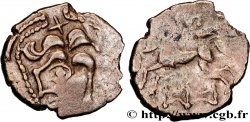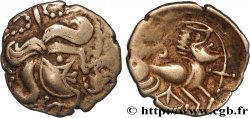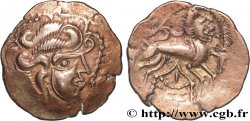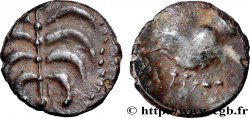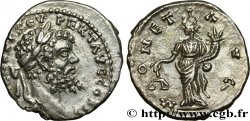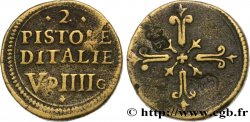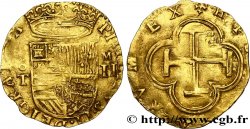Live auction - bga_507497 - GALLIEN - ARMORICA - OSISMII (Region die Carhaix - Finistère) Statère composite en bas électrum, à la chevelure rayonnante, DT. 3625
Sie müssen angeschlossen sein und von cgb.fr genehmigt werden, um in einer E-Auktion teilzunehmen.Melden Sie sich an, um zu wetten..Die Kontobestätigungen sind innerhalb von 48 Stunden nach Ihrer Anmeldung gemacht.Warten Sie nicht bis die letzten zwei Tage vor dem Abschluss eines Verkaufs, um Ihre Registrierung abzuschließen. Klickend "BIETEN" verpflichten Sie sich vertraglich, diesen Artikel zu kaufen und Sie nehmen ohne Reserve die allgemeinen Verkaufsbedingungen für den live auctions zu cgb.fr an.
Der Verkauf wird an der Zeit auf der Übersichtsseite angezeigt geschlossen werden. Angebote, die nach der Schließung Zeit empfangen sind, werden nicht gültig.
Bitte beachten Sie, dass die Fristen für die Einreichung Ihres Angebots auf unsere Server können variieren und es kann zur Ablehnung Ihres Angebots entstehen, wenn es in den letzten Sekunden des Verkaufs gesendet wird. Die Angebote sollen mit ganzer Zahl ausgeführt sein, Sie können Kommas oder des Punktes in Ihrem Angebot nicht erfassen. Bei Fragen klicken Sie hier, um einen Blick auf die FAQ Live-Auktionen.
Alle Gewinngebote unterliegen einem Aufschlag von 18 % für Verkaufskosten.
Alle Gewinngebote unterliegen einem Aufschlag von 18 % für Verkaufskosten.
| Schätzung : | 6 000 € |
| Preis : | 3 800 € |
| Höchstgebot : | 3 800 € |
| Verkaufsende : | 04 Dezember 2018 15:08:30 |
| Bieter : | 1 Bieter |
Type : Statère composite en bas électrum, à la chevelure rayonnante, DT. 3625
Datum: c. 80-50 AC.
Name der Münzstätte / Stadt : Brest (29)
Metall : Elektrum
Durchmesser : 19,5 mm
Stempelstellung : 9 h.
Gewicht : 7,13 g.
Seltenheitsgrad : R3
Kommentare zum Erhaltungszustand:
Exemplaire dans un état de conservation remarquable pour le type ! Monnaie complète des deux cotés. Joli droit. La monnaie a été nettoyée anciennement
Vorderseite
Titulatur der Vorderseite ANÉPIGRAPHE.
Beschreibung Vorderseite Tête à droite, la chevelure rayonnante.
Rückseite
Titulatur der Rückseite ANÉPIGRAPHE.
Beschreibung Rückseite Cheval galopant à droite avec un triangle au-dessus de la croupe ; un buste humain droite, entre les jambes du cheval.
Kommentare
L’attribution du bga_228343 (classé Namnète en accord avec le Nouvel Atlas) nous semble désormais à revoir en faveur des Osismes.
Cette série est bien connue, mais ses spécimens semblent peu nombreux ! Dès 1873, E. Hucher publie le dessin d’un statère de cette série (Tome I, fig. n° 87) qui serait celui du MAN. Bien que l’iconographie s’en distingue nettement, il était alors associé aux monnayages pictons et santons, probablement en rapport avec la facture et le type de métal utilisé. L’exemplaire de la BN est indiqué comme provenant de la Loire à Angers (Maine-et-Loire).
Bien que très rare, on peut remarquer que le petit buste humain à droite entre les jambes du cheval (probablement une dégénérescence de l’hippophore) est une constante alors que le triangle au-dessus de la croupe du cheval n’est pas systématique et il en va de même pour la rouelle devant le poitrail
Toutes variantes confondues, ce statère serait le cinquième exemplaire publié, après celui de la BN qui illustre le Nouvel Atlas (DT. 3625), l’exemplaire du MAN, décrit comme “inaccessible”, le bga_228343 (qui, bien que dans un piètre état, a le mérite d’exister) et enfin le bga_325312, jusqu’ici considéré comme le plus bel exemplaire !
.
The attribution of bga_228343 (classified as Namnete in accordance with the New Atlas) now seems to us to be reviewed in favor of Osisms.
This series is well known, but its specimens seem few in number! As early as 1873, E. Hucher published the drawing of a stater from this series (Volume I, fig. No. 87) which would be that of the MAN. Although the iconography is clearly different, it was then associated with Picton and santon coinage, probably in relation to the manufacture and the type of metal used.. The BN example is indicated as coming from the Loire in Angers (Maine-et-Loire).
Although very rare, we can notice that the small human bust on the right between the horse's legs (probably a degeneration of the hippophore) is a constant while the triangle above the horse's rump is not systematic and the same goes for the wheel in front of the chest. All variants combined, this stater would be the fifth published example, after that of the BN which illustrates the New Atlas (DT. 3625), the MAN example, described as “inaccessible”, bga_228343 (which, although in a poor state, has the merit of existing) and finally bga_325312, until now considered the most beautiful example!
Cette série est bien connue, mais ses spécimens semblent peu nombreux ! Dès 1873, E. Hucher publie le dessin d’un statère de cette série (Tome I, fig. n° 87) qui serait celui du MAN. Bien que l’iconographie s’en distingue nettement, il était alors associé aux monnayages pictons et santons, probablement en rapport avec la facture et le type de métal utilisé. L’exemplaire de la BN est indiqué comme provenant de la Loire à Angers (Maine-et-Loire).
Bien que très rare, on peut remarquer que le petit buste humain à droite entre les jambes du cheval (probablement une dégénérescence de l’hippophore) est une constante alors que le triangle au-dessus de la croupe du cheval n’est pas systématique et il en va de même pour la rouelle devant le poitrail
Toutes variantes confondues, ce statère serait le cinquième exemplaire publié, après celui de la BN qui illustre le Nouvel Atlas (DT. 3625), l’exemplaire du MAN, décrit comme “inaccessible”, le bga_228343 (qui, bien que dans un piètre état, a le mérite d’exister) et enfin le bga_325312, jusqu’ici considéré comme le plus bel exemplaire !
.
The attribution of bga_228343 (classified as Namnete in accordance with the New Atlas) now seems to us to be reviewed in favor of Osisms.
This series is well known, but its specimens seem few in number! As early as 1873, E. Hucher published the drawing of a stater from this series (Volume I, fig. No. 87) which would be that of the MAN. Although the iconography is clearly different, it was then associated with Picton and santon coinage, probably in relation to the manufacture and the type of metal used.. The BN example is indicated as coming from the Loire in Angers (Maine-et-Loire).
Although very rare, we can notice that the small human bust on the right between the horse's legs (probably a degeneration of the hippophore) is a constant while the triangle above the horse's rump is not systematic and the same goes for the wheel in front of the chest. All variants combined, this stater would be the fifth published example, after that of the BN which illustrates the New Atlas (DT. 3625), the MAN example, described as “inaccessible”, bga_228343 (which, although in a poor state, has the merit of existing) and finally bga_325312, until now considered the most beautiful example!







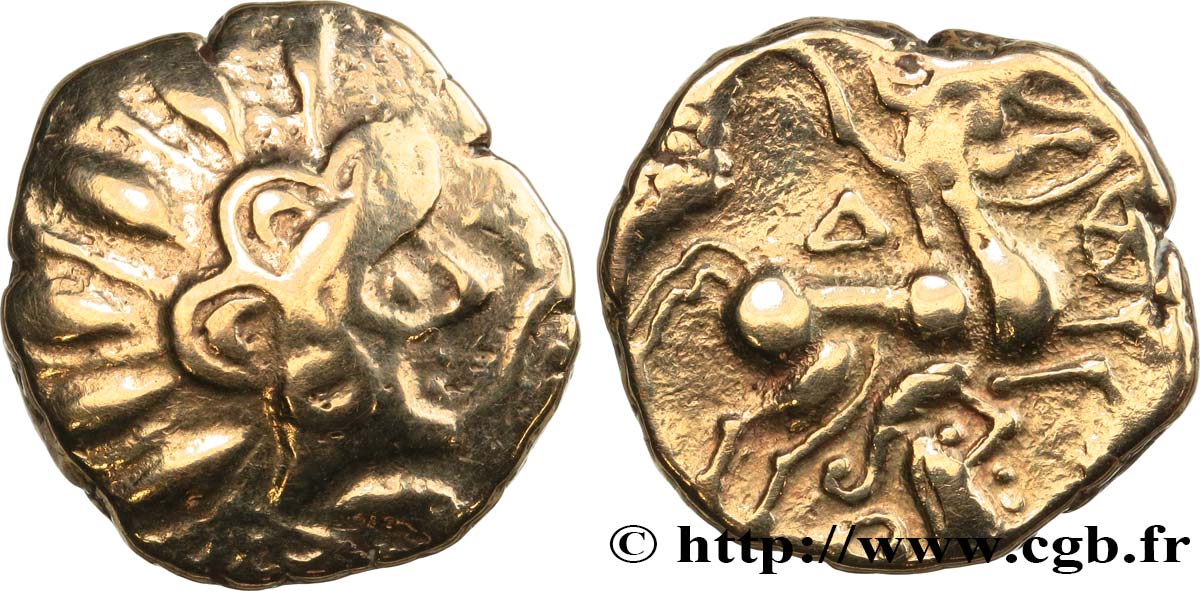
 Berichten über einen Fehler
Berichten über einen Fehler Die Seite drucken
Die Seite drucken Teilen meiner Auswahl
Teilen meiner Auswahl Stellen Sie eine Frage
Stellen Sie eine Frage Einlieferung/Verkauf
Einlieferung/Verkauf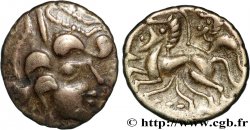
 Details
Details